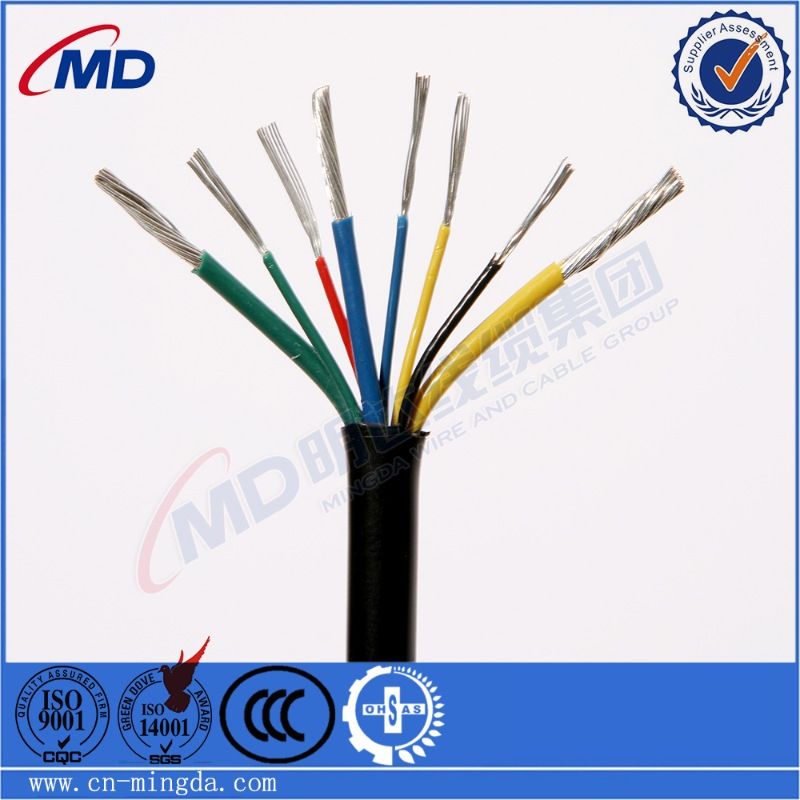Nov . 18, 2024 16:07 Back to list
air release valve
Understanding Air Release Valves Importance, Functionality, and Applications
Air release valves (ARVs) are critical components in many fluid systems, particularly in the context of water supply and wastewater management. Their primary purpose is to help expel entrapped air from pipelines, ensuring efficient operation and maintaining system integrity. In this article, we will explore the functionality, importance, and applications of air release valves, highlighting their role in modern infrastructure.
Functionality of Air Release Valves
Air release valves are designed to automatically vent air from a pipeline that carries fluids, especially water. When water fills the pipe, any air that is trapped can cause issues like loosening the joint fittings, resulting in inefficiency and potential damage. The ARV operates based on the principles of pressure differential. As water enters the valve housing, the pressure rises, allowing the valve to open and release air. When the pressure stabilizes, the valve closes, preventing the backflow of water.
These valves typically consist of a small outlet—orifice—connected to a float mechanism. The float rises with water and triggers the valve to close when water levels are high, effectively sealing the system from air ingress. Conversely, when air accumulates, the float drops, allowing the valve to open and release the trapped air until normal pressure levels are restored.
Importance of Air Release Valves
The significance of air release valves cannot be overstated
. Here are some reasons why they are essential in fluid transport systems1. Preventing Water Hammer Water hammer is a pressure surge that occurs when a fluid in motion is forced to stop or change direction suddenly. Trapped air can exacerbate this effect, leading to severe system damage. ARVs effectively mitigate this risk by releasing excess air.
2. Maintaining System Efficiency By preventing air pockets from forming, ARVs help maintain the proper flow of water. Air pockets can cause uneven water distribution and reduced pressure, leading to higher energy costs for pumping systems.
3. Protecting Pipeline Integrity Continuous exposure to air and pressure anomalies can lead to corrosion and joint failure in pipelines. ARVs help reduce these risks by keeping air levels at bay.
air release valve

4. Enhancing Operational Lifespan By reducing stress on system components, air release valves contribute to a longer operational lifespan for both the valves and the overall pipeline system. This leads to lower maintenance costs and increased reliability.
Applications of Air Release Valves
ARVs are utilized across various sectors where fluid transportation systems are vital
1. Municipal Water Supply Systems In urban infrastructure, water distribution networks rely on ARVs to ensure smooth operations, preventing air locks and inefficiencies in the supply of clean water to residents.
2. Wastewater Management In sewer systems, ARVs play a crucial role by removing trapped air, which can lead to foul odors and ineffective waste transport. They ensure the efficient flow of wastewater to treatment facilities.
3. Irrigation Systems In agricultural applications, managing water efficiently is crucial. ARVs help maintain a consistent flow throughout irrigation systems, ensuring crops receive adequate moisture.
4. Industrial Processes Many manufacturing processes involve the transportation of various liquids. ARVs are leveraged in industries such as chemical production, oil and gas, and food processing to maintain flow and prevent disruptions.
Conclusion
In conclusion, air release valves are indispensable components that ensure the efficient and safe operation of fluid transport systems. By understanding their functionality and importance, engineers and system operators can better appreciate how ARVs contribute to the longevity and reliability of infrastructure. Whether in municipal water systems, wastewater management, or industrial applications, the presence of air release valves effectively enhances performance, protects against damage, and fosters efficiency in daily operations. Their contributions to modern infrastructure are a testament to their vital role in maintaining the seamless flow of fluids across various domains.
Share